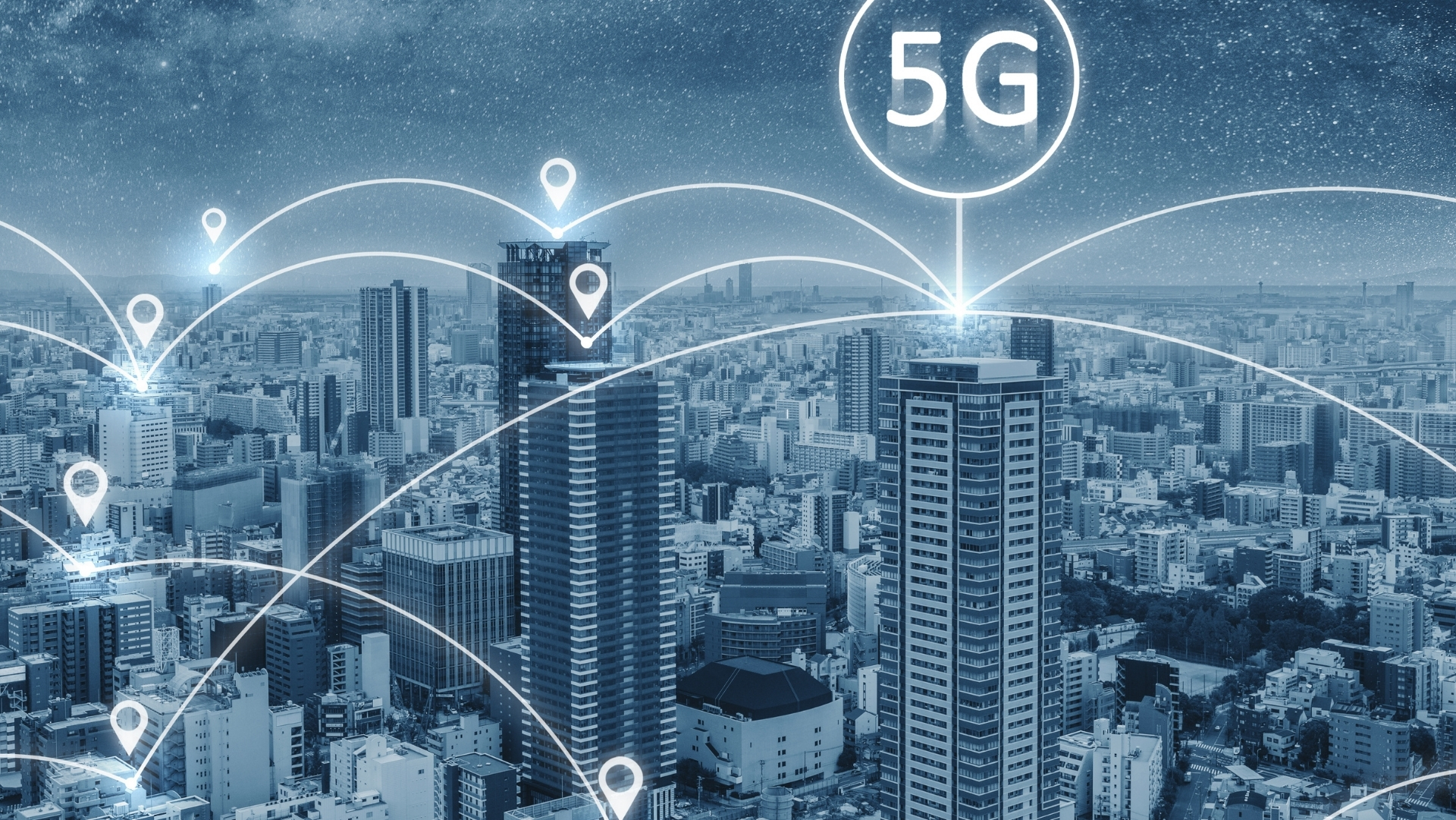What is CBRS?
In a previous article published, Brief History of Wireless Communication & the Emergence of Private Wireless Networks, we discussed how Fortress offers various wireless communication technology services including CBRS… But what exactly is CBRS, why should you use it, and what are examples of industries who have adopted it? Let’s dig in…
Citizen Broadband Radio Service or CBRS is a band of radio-frequency spectrum (150 MHz) that lives in the 3.55 to 3.7 GHz range within the 3.5 GHz band. CBRS is interpreted in various ways depending on the market, but technically it can be defined as 150MHz of U.S. only spectrum (from 3.55 to 3.7GHz) that can be used for private networks. The Federal Communications Commission has designated the sharing of CBRS between three tiers of users:
- Incumbent Users,
- Priority Licensees, and
- Generally authorized users.
Tier 1 encompasses incumbent users who have exclusive rights to the band which include the United States Navy and satellite ground stations. Tier 2 users are priority licensees. They are typically carriers who pay to license part of the spectrum. Priority Access Licenses (PAL) were auctioned off in 2020. The licenses allow them to be able to use the band in specific U.S. counties so long as they don’t interfere with the incumbent users. Tier 3 includes users with generally authorized access. These are, for example, unlicensed enterprises that use the spectrum for private network services. At Fortress we help users of any sort, from government to enterprises, design, deploy and monitor their own private networks.
Why CBRS?
Now that we have defined what CBRS is and the three tiers of users, you may be wondering why it’s something users should want to utilize. One of the most common reasons why a company would use CBRS to support its private wireless networks is it can significantly help to improve outdoor coverage with a wide range. Cellular wireless networks that are CBRS based cover more area per access point (AP) than a Wi-Fi AP. Another reason why a company would use CBRS according to the article What is CBRS is to, “Improve network segmentation, or the ability to deploy a separate, overlay network that operates over relatively clean spectrum, especially for critical traffic, such as a manufacturing or an industrial network, a separate voice communication network for employees, or retail point-of-sale devices” (Aruba Networking, 2023). CBRS technology offers a multitude of benefits dependent on the type of company utilizing it.
Industries that Have Adopted CBRS
As CBRS continues to advance various verticals have begun using it to complement their existing wireless. Examples include:
- Warehouses and distribution centers to create wireless connectivity at a larger range,
- The healthcare industry to strengthen their private mobile network connectivity,
- The retail industry to create dedicated spectrum for enterprise owned devices used by staff, and
- K-12 schools to be used for outdoor wireless backhaul that students can rely on in their homes.
Fortress provides multiple services that can help support customers with their own CBRS endeavors. We ensure operational integrity from day two and beyond, allowing our customers to move forward with confidence. From design and deployment to post-deployment support and monitoring, our top priority is your seamless broadband connectivity.
To learn more about how Fortress can help you expand your potential with our reliable CBRS services, click here.

























